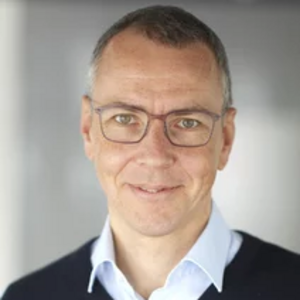
Trapped Atom Quantum Computer (TAQC)
The main focus of the Trapped-Atom Quantum Computing (TAQC) consortium is on the construction of a gate-based quantum computer based on neutral strontium atoms. Compared to other quantum-computing hardware platforms such as superconducting qubits or trapped ions, neutral atoms are a relatively new approach to quantum computing with a lower technology readiness level.
Together with our partners, the TAQC consortium will develop technology required to close this gap, advance neutral-atom quantum computers, and exploit the full potential of our platform for digital quantum computing. This includes fast and high-quality optical switches (together with partners at Qubig and the University of Heidelberg) and their fast electronic control (together with Fraunhofer IIS). The TAQC consortium will also leverage the synergies within MQV to develop a remote access point to our quantum computing demonstrator, which allows for external users to remotely access the machine. This will enable higher-stack integration early on and fertilize the search for near-term applications. In supporting side projects, the TAQC consortium will explore alternative strategies to construct quantum computers and utilize entanglement as a resource in neutral-atom devices. Among these routes are the exploration and characterization of quantum computers based on laser-cooled ytterbium atoms, the construction of a quantum-enhanced optical atomic clock and the realization of an analog quantum-computing device to simulate quantum magnets.


